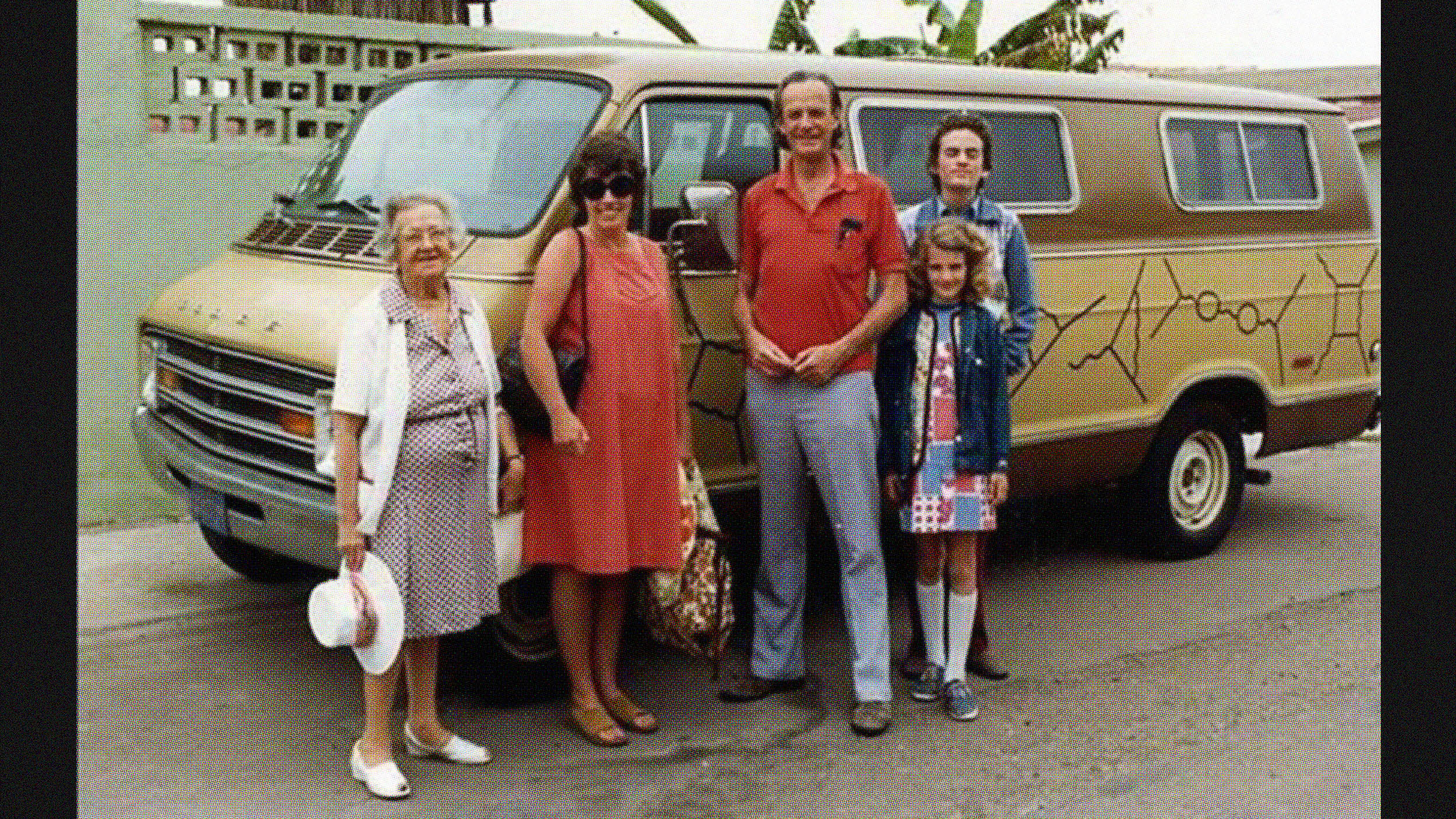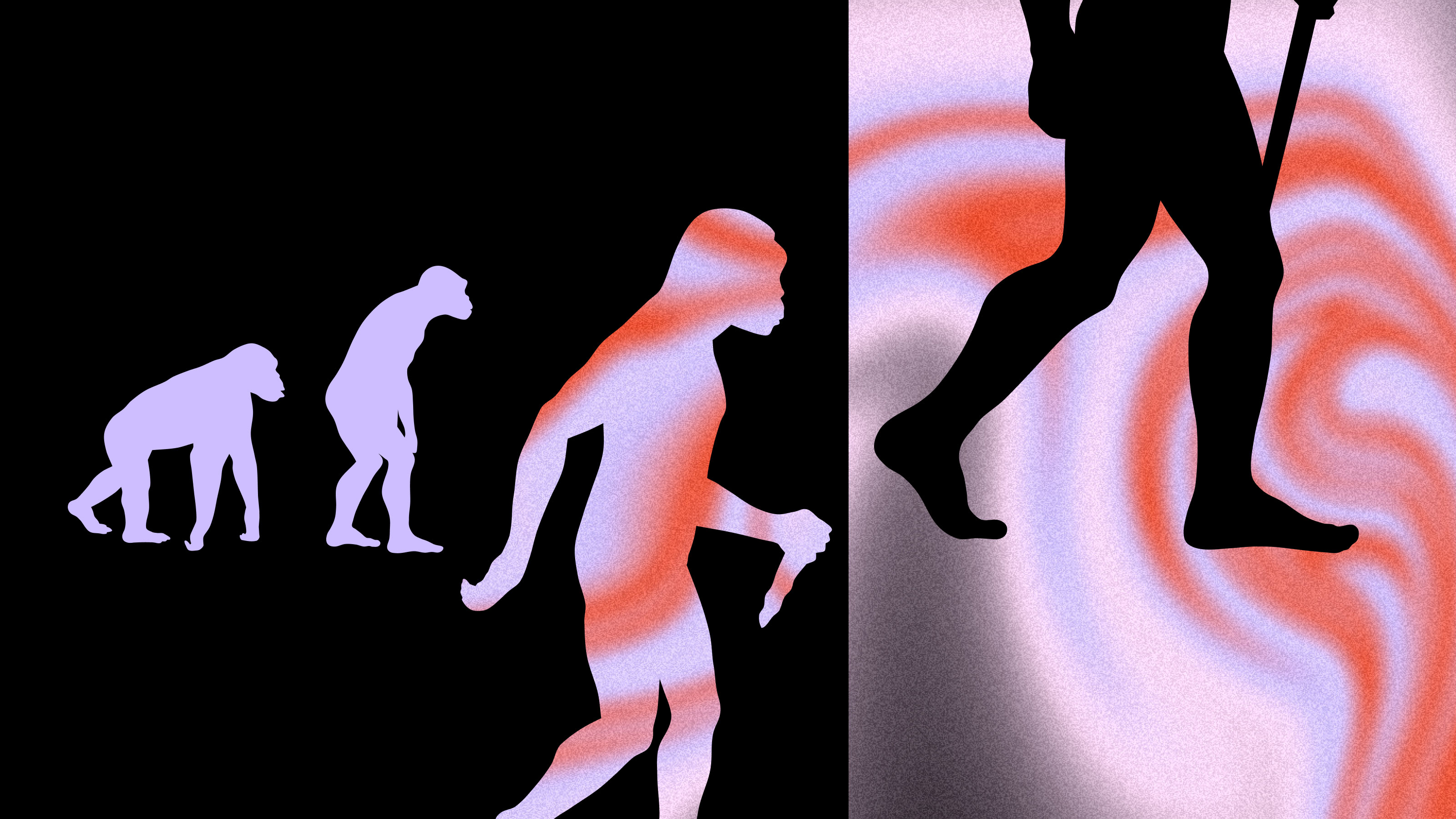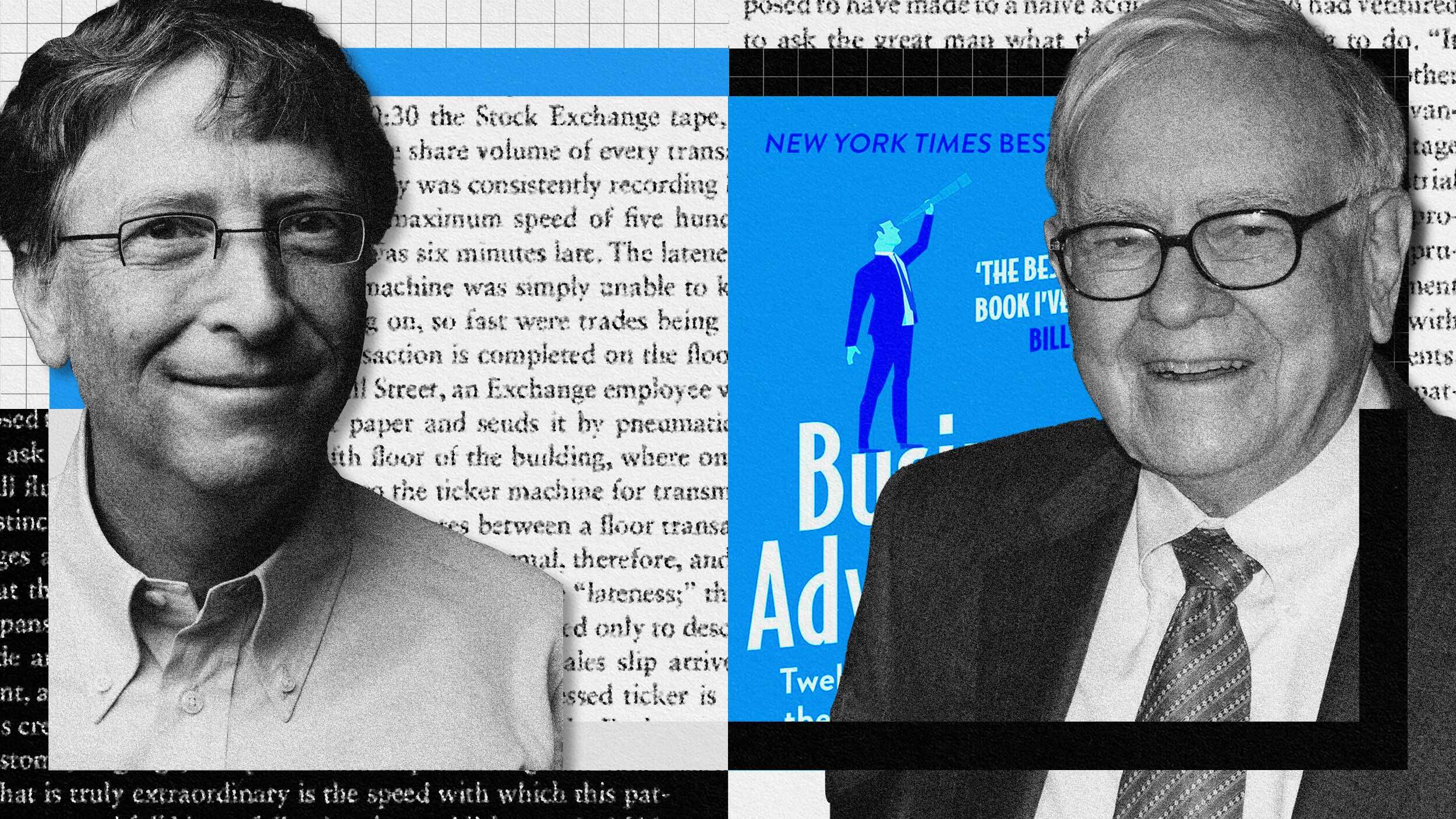Print editions of newspapers remain “canonical.” But anticipating, and accommodating, user behavior is the unique challenge of the Web.
Question: How has the New York Times website design evolved during your time at the paper?
Khoi Vinh: Well, when I came in, in 2006, they were in the middle of putting together a new redesign of the site and I helped them finish that off and get that launched. And since that time, it's early 2010 now, for almost four years, we've been sort of relentlessly revising bits and pieces of the site, adding new functionality to it, manipulating her here and there to respond to different user needs, different business criteria and so forth. So, I think the change has been significant though very incrementally paced.
Question: Why does the design of the Times’ online edition differ so radically from the print edition?
Khoi Vinh: Well the very fact that it's a different kind of medium altogether. It's just like, occasionally you'll see a magazine, or these days, a website like TMZ translated to a television show and by its very nature, it has to be reimagined for the new medium. It has to be designed or rethought in a way that is appropriate for the new medium. And that's the case going between print and web, or print and any kind of digital medium.
I think the thing about the Internet is that it has so many characteristics that can be easily construed to be similar or almost identical to print that it can be misleading. You can think, well you just treat it the way you treat print. You're dealing with pages, you're dealing with type, you're dealing with more or less static layout elements. It turns out that's not really the case. I think the key difference between the web and print medium is, on the web or any digital medium, you're dealing with this added element of behavior. Things have a behavior online, whereas in print, there is a single canonical expression for them, but online everything responds to different criteria or has inherent states to it based on that criteria. So, you have to design that in a different way. It's a completely different dynamic even though it may look similar.
Question: What are some examples of how user behavior affects your thinking as a Web designer?
Khoi Vinh: Well, if you look at the front page of the printed edition, there is a very specific discrete set of stories that are applied there and you can more or less expect the print reader to absorb the stories that you have on that front page in the same kind of order and in more or less the same kind of fashion.
On the web, you really have no idea how they're going to access the stories that you've designated the lead stories of the day. They could come in through "search" they could come in through a blog; they could come in through a news reader. They may never see the home page as we've designed it. They may actually bypass it entirely and go directly to the article.
So all of these things really play into how you think about the overall user experience in the design. You have to design a story that might appear on the front page of the newspaper for the website. You don't have to design it in such a way that it can be self contained, that it makes sense if you never hit the front page of it. You know, our editors actually spend a pretty decent amount of effort retooling, rewriting headlines so that they make sense to somebody who comes in digitally because oftentimes headlines in print are meant to sit next to other headlines and sort of benefit from that context and we don't always have that.
Our articles also, online, will change based on the platform, the technology that people are using to view them. So, they may see things differently in one browser, or one operating system and very differently on another browser, or even on a different kind of device. So, we have to think about the things we design to make sure that they apply appropriately to the very different states that they might be encountered in.
Question: For newspapers, is print design becoming obsolete?
Khoi Vinh: I wouldn't say it's obsolete. I think you still, more than people give print credit for; people still turn to the print edition as the canonical expression of what The Times said that day. It's the paper of record, and the record, for now any way, is what is official in print. So, the work the designers put into crafting a really unique and powerful and I think a very effective presentation every day, I think is really important. I think if you took away all the designers and automated the process tomorrow, the end result would be really, really dissatisfying and disturbing to a lot of people. So, I think there's a lot of value that print designers have.
Now, how long that kind of value that they create will be welcomed in the marketplace, I think that is very difficult to say. I think the economic pressures are pretty serious.
Recorded on March 3, 2010
Interviewed by Austin rnAllen





